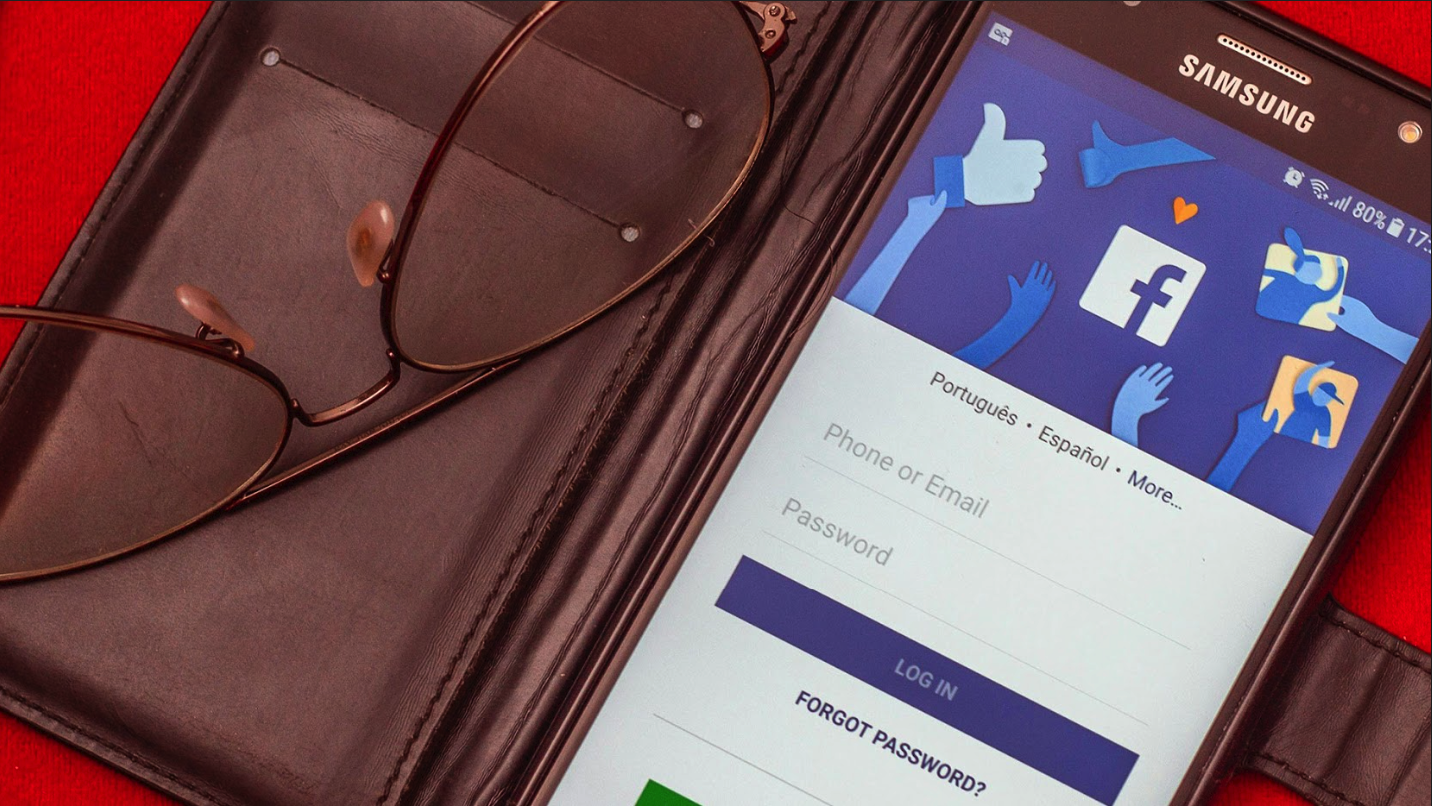
I have been working with Facebook video for clients since 2016, and wow, has the landscape changed! Facebook remains the undisputed heavyweight for video marketing in 2025, with its massive user base of 3+ billions active users. No other platform offers this reach.
Numbers don’t lie – videos rack up 8 billion daily views on Facebook. That’s a billion with a B! My clients are constantly shocked when I share this stat. It’s why I push video so hard in their marketing plans.
Here’s something that surprised me when I started analyzing client data: a whopping 85% of Facebook users watch videos silently. This completely changed how I approach video creation now, making visuals and captions absolute must-haves.
The clincher for my skeptical clients? Video ads consistently pull double the clicks of static images. That engagement boost alone justifies the extra production effort.
Types of Facebook Videos That Perform Best
I have tested dozens of video formats with my clients, and certain types consistently outshine the rest. What works best varies by business goals, but there’s a clear pattern in the data.
From my experience, UGC (user-generated content) wins the authenticity battle every time. Nothing beats real customers genuinely excited about your product. I have watched engagement triple for brands that switched from polished production to authentic customer videos. One of the easiest ways to improve your Facebook views is by purchasing from SocialPlug.
1. Product Showcase Videos
I always tell clients that product showcases are essential, especially for e-commerce. These videos are your digital showroom.
People won’t buy what they can’t properly see or understand. I have had clients boost conversion rates by simply showing their products from multiple angles with clear demonstrations.
2. Behind-the-Scenes Content
My favorite strategy lately has been behind-the-scenes videos. They humanize brands instantly.
I had a client in the clothing industry who started showing their design process and ethical manufacturing. Their engagement shot up because people connected with the real humans making their clothes.
I have noticed Facebook’s algorithm loves authentic content. In my testing, these unpolished, genuine videos consistently reach more people than highly produced commercial content.
3. Tutorial Videos
Nothing says we’re experts quite like a helpful tutorial. They’ve become my go-to for establishing client authority. For complex products, tutorials are absolute gold. I worked with a tech gadget company whose returns dropped 30% after we created simple how-to videos.
The trick I have learned is keeping tutorials simple and digestible. When we break complex processes into clear steps, viewers actually watch to completion and remember the content.
Technical Best Practices for Facebook Video
After managing hundreds of campaigns, I have identified technical factors that dramatically impact performance. These aren’t just theoretical tips – they’re proven tactics from real campaign data.
1. Mobile-First Format Optimization
The data from my campaigns is crystal clear: 65% of Facebook video views happen on mobile. This isn’t just a stat – it completely changes how I approach video creation.
When I analyzed smartphone usage patterns, I found that 94% of users hold their phones vertically. This is why I now shoot all client videos in portrait orientation (9:16 ratio) first, then adapt for other formats if needed.
The difference in engagement is striking. Vertical videos simply take up more screen real estate, creating a more immersive experience that keeps viewers watching longer.
2. Hook Viewers in the First Few Seconds
I have watched thousands of video analytics reports, and the pattern is clear: you have 2-4 seconds before someone scrolls past. That tiny window determines success or failure.
Facebook’s autoplay feature actually makes this more challenging. Videos start playing as users scroll, but without sound. You can’t rely on powerful narration or music to grab attention.
My most successful client videos use pattern interrupts – visual surprises, on-screen questions, or immediately showing a relatable problem. Anything that makes thumbs stop scrolling.
3. Caption All Videos
The revelation that changed my video strategy forever: 85% of Facebook videos play without sound. This isn’t optional information – it’s essential to success.
I now insist all client videos include captions. In A/B testing, captioned videos consistently outperform non-captioned ones across every metric.
While Facebook offers auto-captioning, I have found it’s worth paying for professional captioning. AI captions often contain errors that make your brand look careless. The small expense pays big dividends in viewer retention.
Strategic Approaches to Facebook Video Marketing
Beyond technical specs, I have developed strategic frameworks that consistently deliver results. These approaches connect creative content directly to business outcomes.
I stumbled onto this technique by accident, but it’s transformed my approach to video marketing. The “aha” moment is when viewers truly “get” your value proposition – that critical turning point in every successful video.
I start by mapping where this moment occurs in our videos. For a recent client, it happened around the 36-second mark of a 56-second video – roughly 64% through.
This insight lets me build custom audience segments based on whether viewers reached this threshold. The difference in conversion rates between these segments is dramatic – often 5x higher for those who’ve seen the “aha” moment.
2. Create Videos for Each Funnel Stage
I once made the mistake of using the same video content throughout the customer journey. The results were mediocre at best.
Now I create stage-specific video content. Top-funnel videos focus on broad problems and entertainment value, introducing the brand without hard selling.
Mid-funnel videos highlight what makes my clients different, directly addressing comparison shoppers who are weighing options.
Bottom-funnel content goes in for the close with strong CTAs and specific offers. The specificity is crucial – these videos need to eliminate final purchase hesitations.
3. Optimal Video Length Strategy
Facebook allows videos up to 240 minutes, but my testing shows brevity wins nearly every time.
For feed videos, I have found the sweet spot is 15-60 seconds. Anything longer sees dramatic drop-offs in completion rates.
Stories need to be even tighter – 15 seconds max per segment. Facebook automatically chunks longer Stories, but viewer retention plummets with each segment.
Campaign Optimization Techniques
Creating great videos is only half the battle. I have learned that how you deploy them determines ultimate success or failure.
1. Choose the Right Campaign Objective
I wasted thousands in ad spend before realizing this crucial fact: the campaign objective you select fundamentally changes how Facebook displays your videos.
Video views campaigns maximize viewership at the lowest cost. I use these for awareness goals when reach matters most.
Conversion campaigns optimize for purchases or sign-ups. They reach fewer people but drive specific actions. The higher CPM is justified by actual business outcomes.
Brand awareness campaigns optimize for recall. These are measured through surveys and engagement patterns, reaching those most likely to remember your brand long-term.
2. Leverage Video View Audiences
The most underutilized Facebook feature I have found is retargeting based on video engagement. It creates incredibly responsive audience segments.
I build custom audiences from people who’ve watched specific percentages of client videos. The sweet spots are typically 25%, 50%, 75%, and 95% completion.
The conversion rates for these segments consistently outperform cold audiences. They’ve self-selected by demonstrating interest in your content, creating a natural qualification mechanism.
3. Testing Creative Variables
My biggest campaign breakthroughs have come from systematic testing of video elements. Small tweaks often yield shocking performance differences.
I test one variable at a time for clear insights. Opening hooks, on-screen text, music, and CTAs are the elements with the greatest impact in my experience.
Facebook’s A/B testing tools make this process straightforward. They automatically distribute traffic and measure performance differences, taking the guesswork out of optimization.
Future Trends in Facebook Video Marketing
After a decade in social media marketing, I have gotten pretty good at spotting emerging trends. Here’s where I see Facebook video heading in the coming months.


